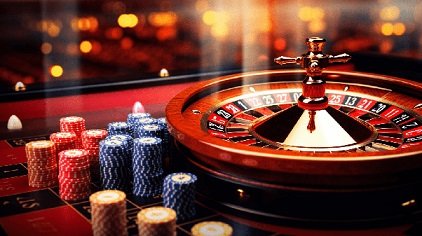
Owning a yacht is a symbol of both luxury and adventure. It also entails the responsibility of ensuring maintenance, for its longevity and optimal performance. Yacht ownership goes beyond enjoying the waters, it requires a commitment to taking care of your vessel.
In this guide we explore what every yacht owner should be aware of regarding maintenance to keep their prized possession sailing for years to come.
Establishing a Regular Maintenance Schedule
The foundation for preserving your yacht’s condition lies in consistent maintenance. It is important to establish a routine that covers tasks like engine checks, hull inspections and system diagnostics.
By sticking to this schedule you can. Address issues before they escalate thereby avoiding costly repairs while keeping your yacht in top notch condition.
Recognizing the Significance of Hull Maintenance
The hull serves as the backbone of your yacht directly impacting its performance and fuel efficiency. It is crucial to inspect the hull for any signs of damage such as cracks, blisters or corrosion.
Proper cleaning and coating with fouling paint are necessary measures to prevent marine growth accumulation that could compromise the speed and maneuverability of your yacht.
Embrace Electrical System Maintenance
Modern yachts are equipped with electrical systems that power various amenities and navigation instruments. It’s crucial to inspect and test all components such as batteries, wiring and connections.
Clean any corrosion from terminals and ensure the charging system is functioning properly. Proper maintenance of your system ensures passenger safety and the seamless operation of onboard electronics.
Care for the Interior
While we often focus on the appearance of a yacht, it’s equally important to take good care of its interior. Upholstery flooring and cabinetry can be subjected to wear and tear in environments.
Implement cleaning routines using marine grade cleaning products while protecting surfaces from the effects of saltwater. Taking care of the interior of your yacht is not about keeping it appealing but also about providing comfort and ensuring the well being of passengers during their time on board.
Consider Professional Inspections
While you can handle yacht maintenance tasks yourself, it is highly beneficial to invest in professional inspections. Hiring technicians to thoroughly examine critical components like the engine, propulsion system, and safety features can help identify potential issues that might be overlooked during regular checks. This not only offers peace of mind but also ensures that your yacht meets safety standards.
Prioritize Safety Equipment
Ensuring yacht safety should be a priority. Regularly maintaining safety equipment is non negotiable. Take the time to inspect life jackets, fire extinguishers and other safety gear to ensure they are in condition and comply with standards.
Conducting drills with the crew on emergency procedures will familiarize everyone with protocols. By being proactive about safety maintenance you do not protect the lives of those on board. Also ensure compliance with maritime regulations.
Monitor and Maintain Onboard Systems
Yachts are equipped with various systems that contribute to their overall functionality and provide comfort for passengers. These systems may include air conditioning, plumbing and navigation systems.
Regularly check these systems. Perform maintenance tasks to prevent any malfunctions that could disrupt your yachting experience. To ensure the reliability of your navigation equipment it is important to keep your charts and electronic systems updated. This will provide information for a voyage.
Protect Against Corrosion
Guarding against corrosion is crucial, for maintaining the integrity of yachts in the marine environment where they are exposed to corrosive elements like saltwater. Regularly check metal parts such as fittings, screws and the hull itself for any signs of corrosion.
Applying coatings and using materials to corrosion can help mitigate the effects of saltwater exposure. Addressing corrosion promptly does not prolong the lifespan of your yacht. Also reduces the risk of structural damage.
Storage and Winterization
For yacht owners residing in areas with seasons, proper storage and winterization play a role in maintenance. Before storing your yacht for a period make sure to clean and inspect all components.
Follow the manufacturers guidelines on winterization procedures which may involve draining water from the engine applying antifreeze and protecting the interior from temperatures. By ensuring storage and winterization practices you prevent damage caused by freezing temperatures. Ensure a smooth transition back into the water when the season changes.
Conclusion
Owning a yacht is an enriching experience that comes with responsibilities such as maintenance to protect your investment and ensure a journey on water. To ensure that yacht owners can continue enjoying the waters for years it is crucial to establish a regular maintenance schedule.
This includes understanding the significance of hull maintenance taking care of propulsion and electrical systems investing in inspections prioritizing safety equipment monitoring onboard systems safeguarding against corrosion and addressing storage and winterization.







